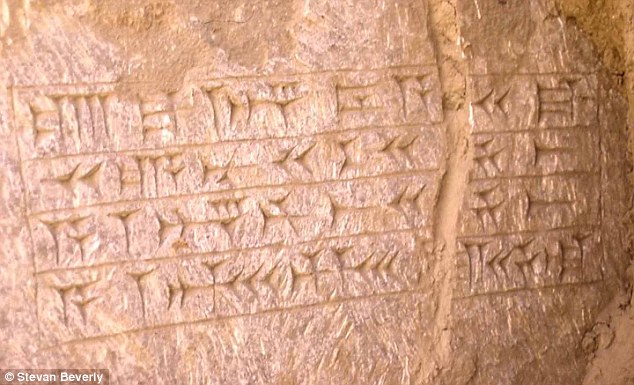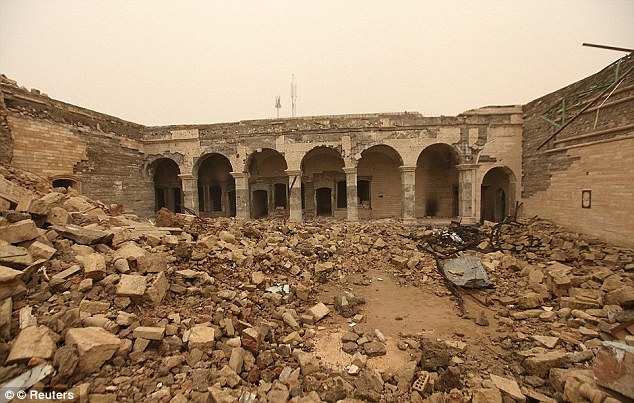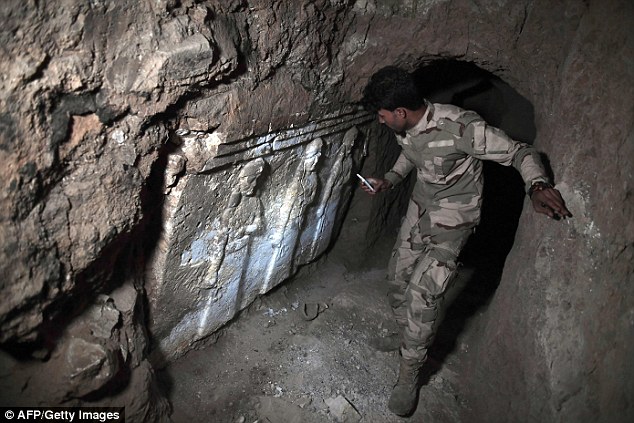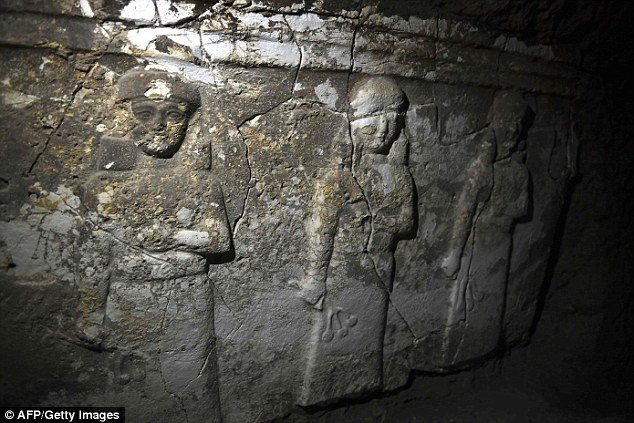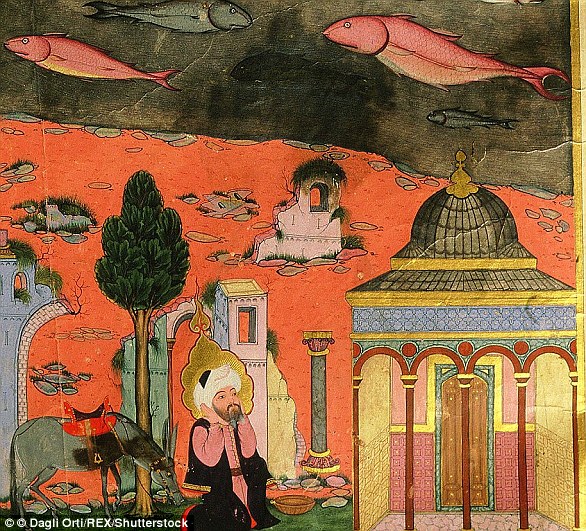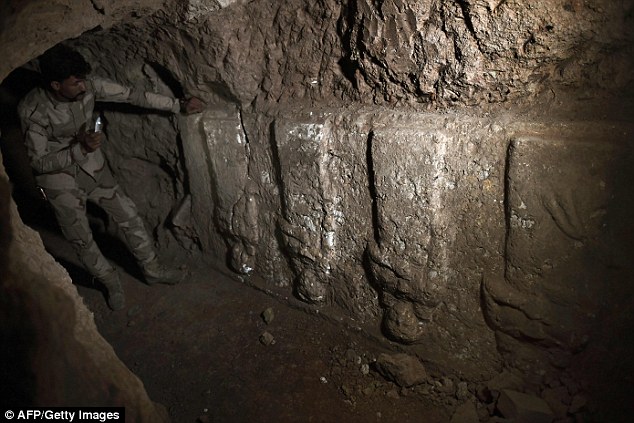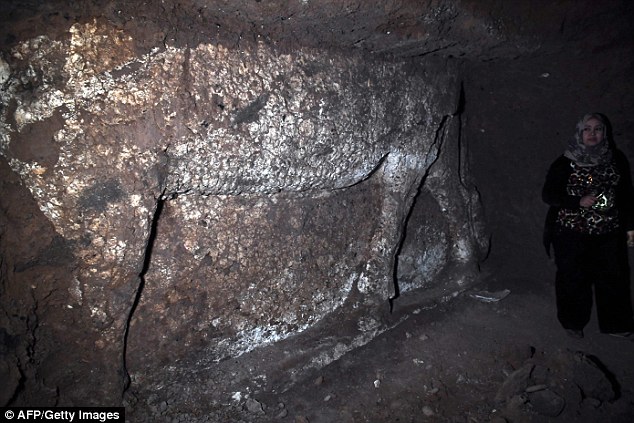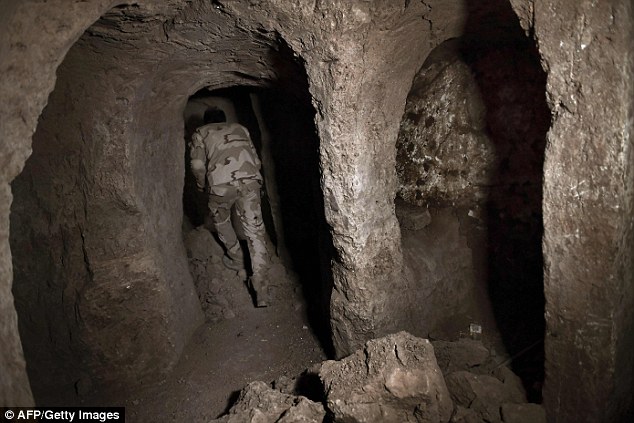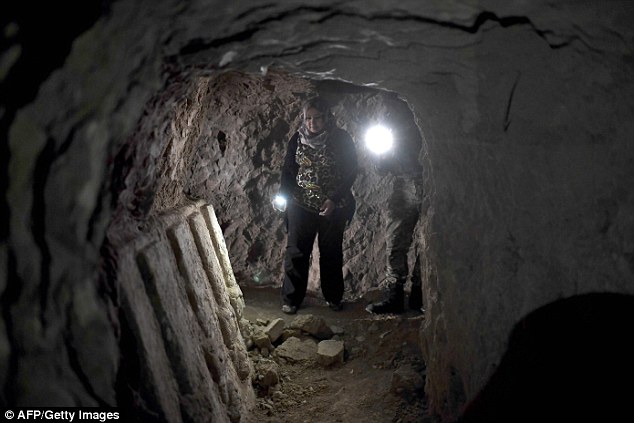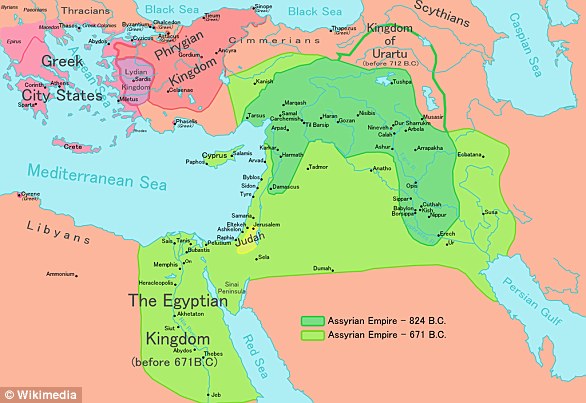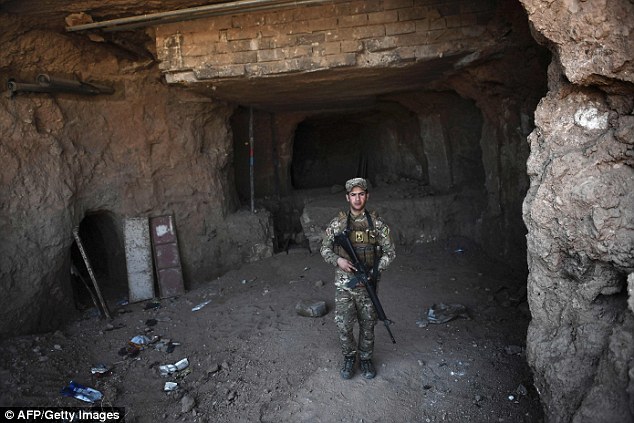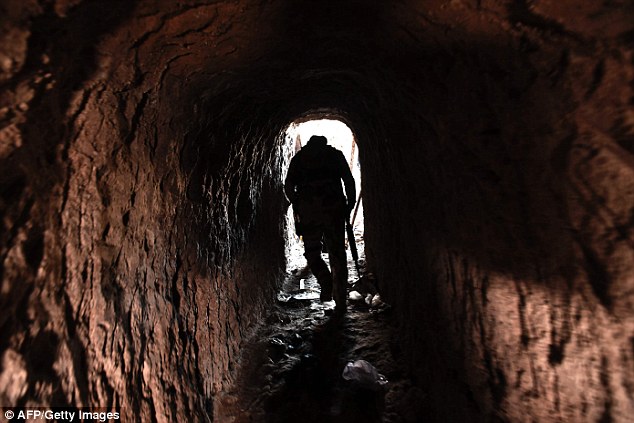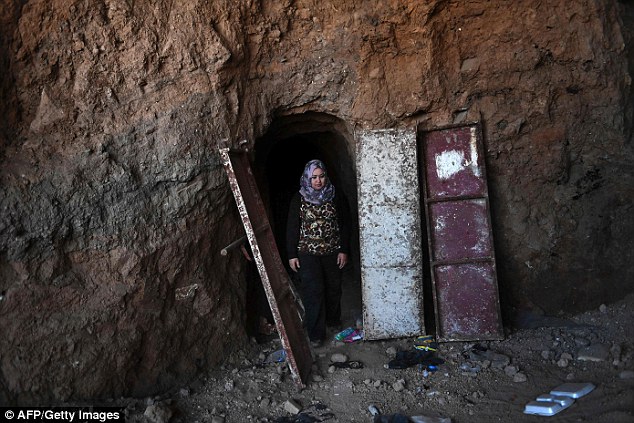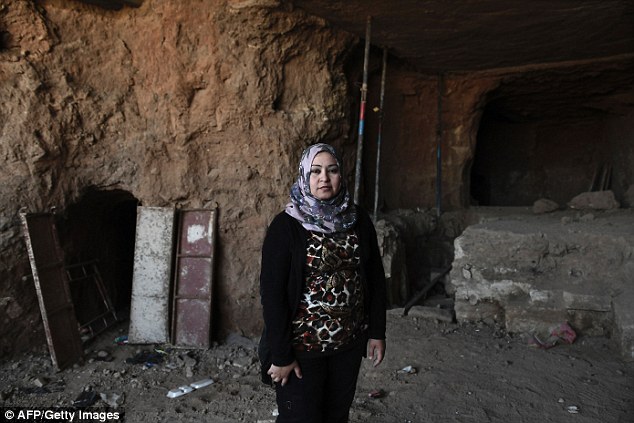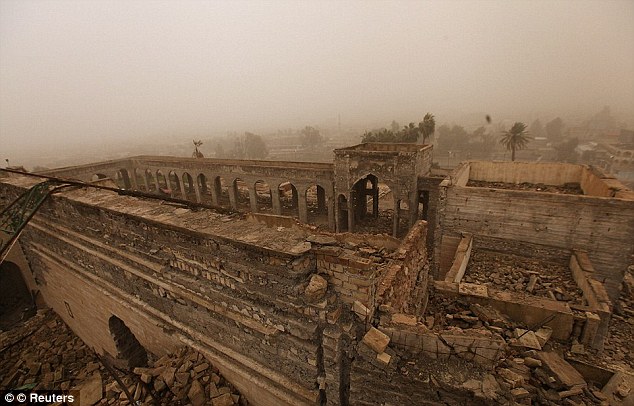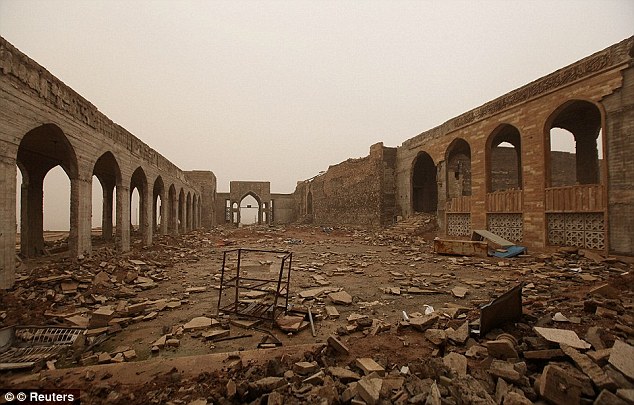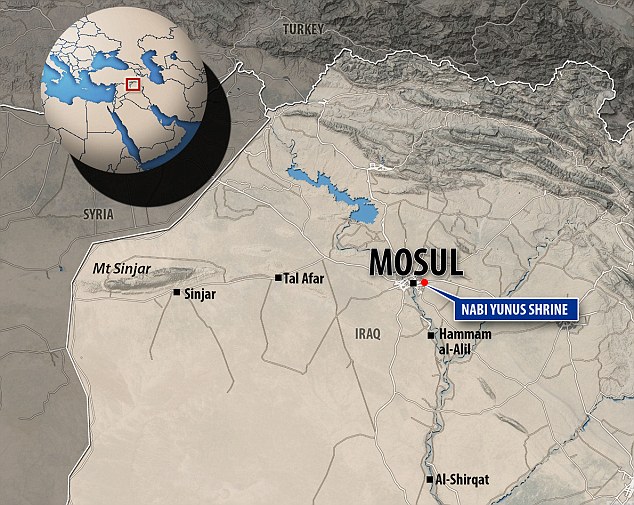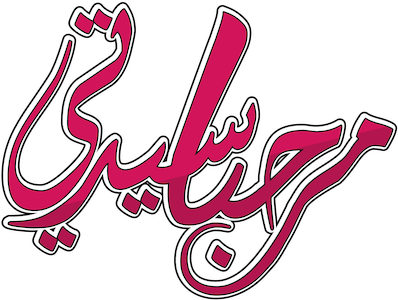قال علماء الآثار الذين يوثِّقون الدمار الذي أحدثه تنظيم “الدولة الإسلامية” (داعش) في بقايا قبر النبي يونس، أنّهم اكتشفوا اكتشافاً غير متوقعٍ قد يساعد في تعزيز فهمنا لأول إمبراطورية في التاريخ.
وكان ضريح النبي يونس، الذي يحتوي على قبرٍ يعتقد المسلمون والمسيحيون أنه قبر النبي يونان، كما ذُكِر في الإنجيل، أو يونس، كما ذُكِر في القرآن، قد تعرَّض للتفجير على أيدي مقاتلي تنظيم داعش عقب استيلائهم على مناطق شاسعة بشمال العراق في عام 2014، وفق ما نشرته صحيفة التليغراف البريطانية الثلاثاء 28 فبراير/2017.
ويقع الضريح على قمة تل النبي يونس شرقي الموصل، ويُعَد واحداً من التلين اللذين يُمثِّلان جزءاً من مدينة نينوى الأثرية والتي يعود تاريخها لعصر الإمبراطورية الآشورية.
وكان الجيش العراقي قد استعاد السيطرة على هذه المنطقة من تنظيم داعش في الشهر الماضي، وكَشف عن الدمار الهائل الذي أحدثه جهاديو التنظيم في هذه المنطقة.
ولكن علماء الآثار المحليون ذكروا لصحيفة تلغراف أنَّ تنظيم داعش حفر أنفاقاً عميقة تحت أنقاض الضريح، وتؤدي هذه الأنفاق إلى قصرٍ غير مُكتشَفٍ ولم يمسسه بشر منذ 600 عام قبل الميلاد.
وكان الحاكم العثماني للموصل قد أشرف على عمليات تنقيبٍ عن الآثار بهذه المنطقة في عام 1852، ثم أعادت وزارة الآثار العراقية إجراء عمليات تنقيبٍ مُماثلة في خمسينيات القرن العشرين، ولكن لم يتمكَّن أيٌ منهما من اكتشاف القصر.
ويُعَد هذا هو أول دليلٍ على استخدام تنظيم داعش لأنفاقٍ تحت الأماكن الأثرية بهدف البحث عن القطع الأثرية وسرقتها.
وبِداخل أحد الأنفاق، اكتشفت عالِمة الآثار العراقية، ليلى صالح، نقشاً مسمارياً ورُخامياً للملك آسرحدون، ويُعتقد أن تاريخ هذا النقش يعود إلى عصر الإمبراطورية الآشورية في عام 672 قبل الميلاد.
وبينما لم يظهر اسم الملك آسرحدون على النقش المسماري، قال أحد المؤرخين الذي اطَّلَع على صور النقش إن العبارات المكتوبة واضحة ولا يمكنها أن تُشير سوى إلى الملك آسرحدون، وخاصةً إعادة إعماره لمدينة بابل بعد أن دمَّرها والده، الملك سنحاريب.
وكان هذا القصر قد بُنِيَ للملك سنحاريب، ثم أجرى الملك آسرحدون (حاكم الإمبراطورية الآشورية في الفترة من 681 إلى 669 قبل الميلاد) عملياتِ تجديدٍ وتوسيعٍ للقصر، وبعد ذلك أعاد الملك آشوربانيبال (في الفترة من 669 إلى 627 قبل الميلاد) تجديده مرةً أُخرى. وتعرَّض القصر لتدميرٍ جزئي أثناء سقوط مدينة نينوى في عام 612 قبل الميلاد.
ولم تُكتشَف سوى حفنةٍ من النقوش المسمارية التي تعود لهذه الحقبة الزمنية، ووُجِدَ معظمها في التل الثاني الذي يقع شمال تل النبي يونس، وهو تل قوينجق.
وفي جزءٍ آخر من النفق، اكتشف العلماء تماثيل حجرية آشورية لنصف إلهة وهي تنثر “المياه المُقدَّسة” لحماية الأشخاص الموجودين تحت رعايتها.
